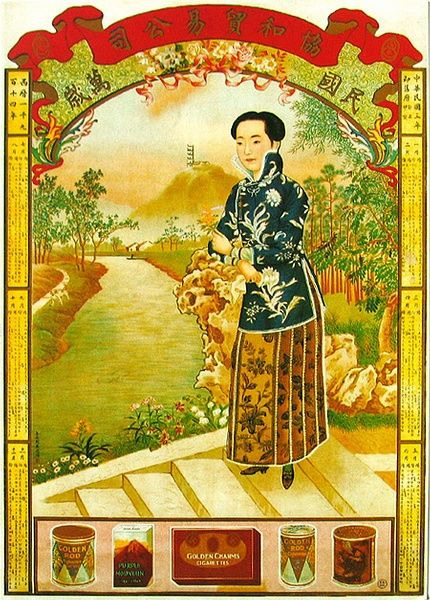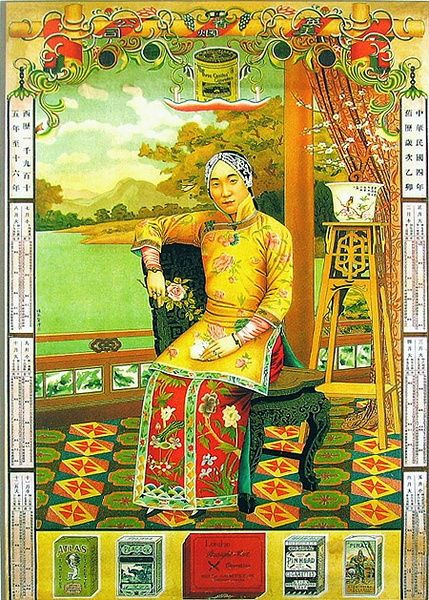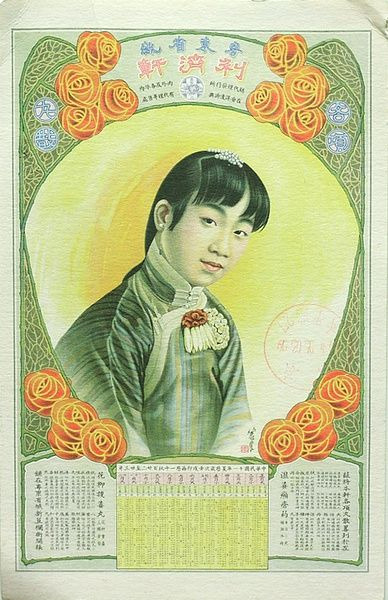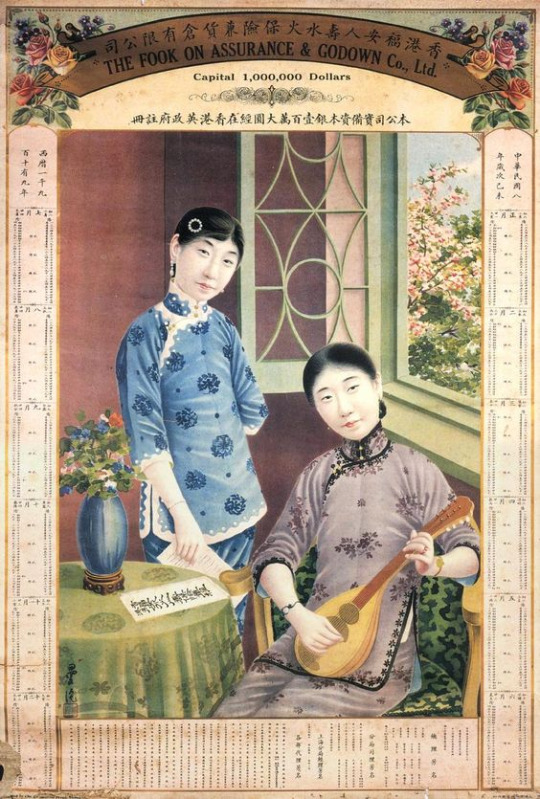Don't wanna be here? Send us removal request.
Video
Halitrephes maasi is a species of deep sea jellyfish. They look like fireworks deep in the ocean. (Video Source)
146K notes
·
View notes
Video
Heavy rain leaves trail under crystalline water and creates rare, beautiful scene. This scene is located in Bonito, MS, Brazil.
168K notes
·
View notes
Video
Ferrofluid poured onto a magnet levitating in a magnetic field. (Source)
61K notes
·
View notes
Text
Hanfu costumes and artifacts from various periods of the ancient world
From the Warring States period to the Ming Dynasty. Source: Chinese Hanfu Costume Restoration Group (中国装束复原小组).
177 notes
·
View notes
Text
History of Chinese standing collars (part 2: Republican era)
Quick recap: I was debating with myself whether “Mandarin collar” should be a thing because standing collars throughout Chinese history looked different. In part 1 I went through standing collars in the Ming and Qing Dynasties, now I’m going to investigate the Republican era (1912-1949). I numbered the styles in part 1 but they’re only guidelines so you don’t have to remember anything.
*I’m not including Manchu womenswear in this post because they weren’t very significant to collars and there’s a lot I need to verify, so hopefully I’ll make separate posts about it one day.
1910s
Summary of 1910s Han women’s fashion here.
Let’s look at Han women’s fashion first. The 1910s continued the use of collar style 7 from the 1890s and 1900s; this style of collar, often called 元宝领 yuanbaoling, ingot collar, or 马鞍领 ma’anling, saddle collar, after the objects it resembles, was so tall that it reached the cheeks of the wearer and could not be closed in the front at all. It could be trimmed with binding, piping, or commonly in this era, fur or ruffles. It could have either rectangular or round edges. It was closed by one 盘扣 pankou, this fabric braided button, at the base, but it could have more pankous for ornamental purposes. Around this time people began experimenting with stiffening and structure in standing collars; this was a result of Western influence, specifically the standing collars on some Western military uniforms. I don’t think Chinese collars were ever boned like Victorian and Edwardian women’s collars, but a layer of stiff interlining was probably enough to give a collar shape and rigidity. Because of the extraordinary height of collar style 7, it had to be stiffened.

Source here
Calendar painting from 1914. This collar has a rectangular edge and is trimmed with fur.

Source here
Calendar painting from 1915-1916. This collar has a rounded edge and wide binding.
However, this ultra tall collar wasn’t everybody’s cup of tea and normal height collars existed as well, especially in the beginning and end of the decade. A new invention of this era was this tall collar with slightly rounded edges closed by two to three pankou—-in some extreme cases four. I believe they were stiffened, but even if they were not, the use of wide, heavyweight binding could give it shape and rigidity. This style probably grew out of collar styles 2 and 3 from 19th century Han women’s collars, but it is going to become very iconic and distinct later in the 30s so let’s label it collar style 8. All Han women’s standing collars before the 1970s were extremely fitted, i.e. they completely hug the wearer’s neck and could sometimes be restrictive to neck movement. The loose fitted collars often seen on modern mass produced cheongsam is not historically accurate.

Source here
Calendar painting from 1911 showing collar style 8. It had three pankou, wide double row binding and could be closed at the front.

Source here
Calendar painting from 1919 also showing collar style 8. Throughout the 1890s, 1900s, 1910s and early 20s, innovative/Western trims like lace were commonly used instead of plain binding.
Keep reading
308 notes
·
View notes
Video
jianzhan 建盏, a type of porcelain baked in chinese kiln, originating from the song dynasty of China, specialty of jianyang district, nanping city, fujian province.
1K notes
·
View notes
Text
Cracking an egg underwater leaves the egg still intact because of the pressure. Source
2K notes
·
View notes
Text
Cusco’s Red River is formed due to rain run-off from the nearby Palcoyo Rainbow Mountain. The range of colors in this vibrant valley are a result of the different mineral content on different layers of soil, which have been made visible by erosion. The Red River’s coloring is the result of red sandstone full of iron oxide. This mineral-rich sedimentary rock gets washed off the hillsides when it rains and turns the water a distinct red or pink hue (the exact tone depends on the volume of precipitation). Because it is a result of rain run-off, this red or pink river in Cusco is typically only visible during Peru’s rainy season months. During the rest of the year, the river’s water level is much lower and its color is a more typical muddy-brown hue. If you plan to travel to the Peruvian highlands during the rainy season, visiting Palcoyo’s Red River is an excellent option for a unique day trip in Cusco. (Source)
6K notes
·
View notes
Text
Clione limacina, known as the naked sea butterfly, sea angel, and common clione, is a sea angel (pelagic sea slug) found from the surface to greater than 500 m (1,600 ft) depth. It lives in the Arctic Ocean and cold regions of the North Atlantic Ocean. It was first described by Friderich Martens in 1676 and became the first gymnosomatous (without a shell) "pteropod" to be described.
4K notes
·
View notes
Video
Guy makes an upside-down, fire-spewing smoke tornado inside a bubble | source
8K notes
·
View notes






